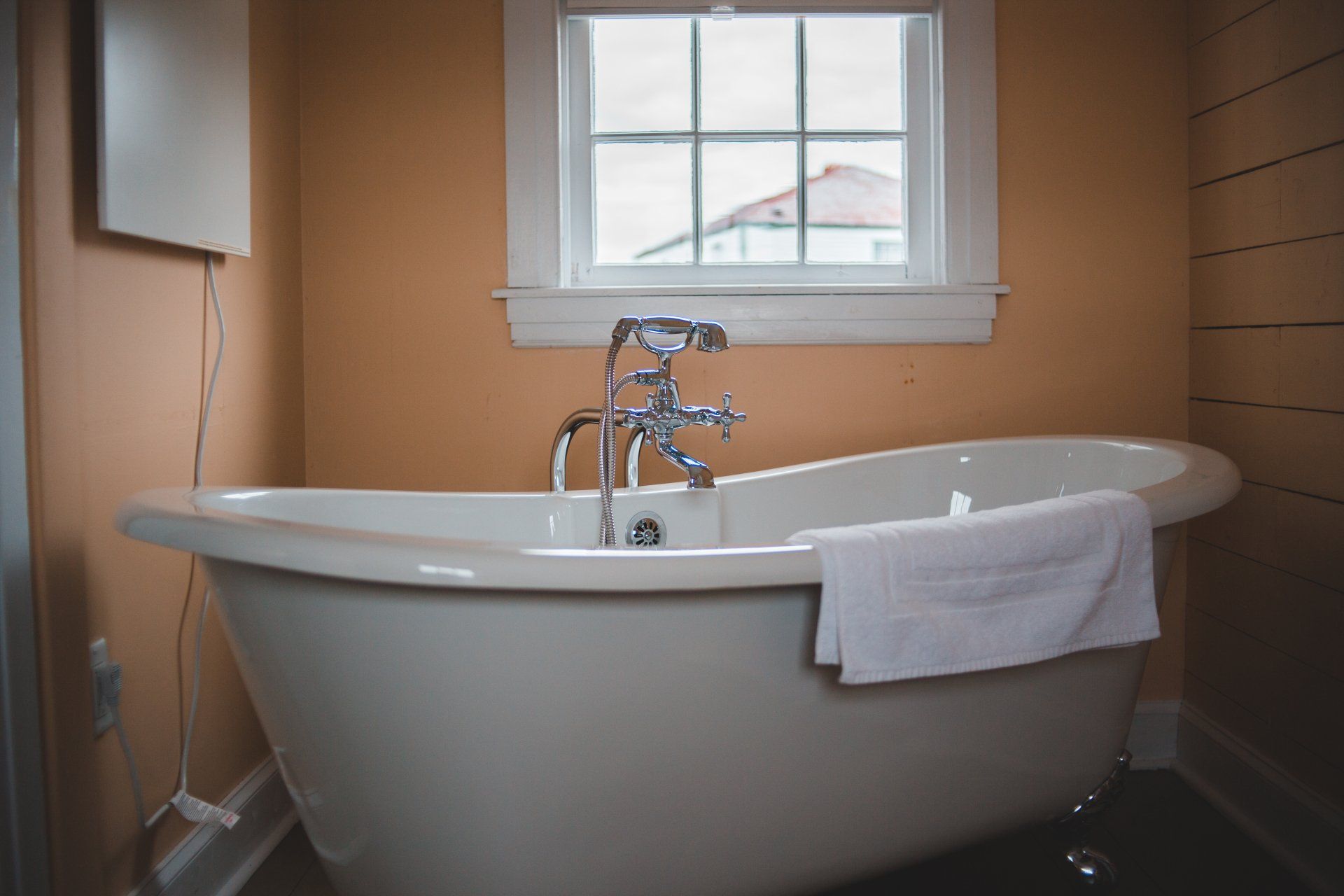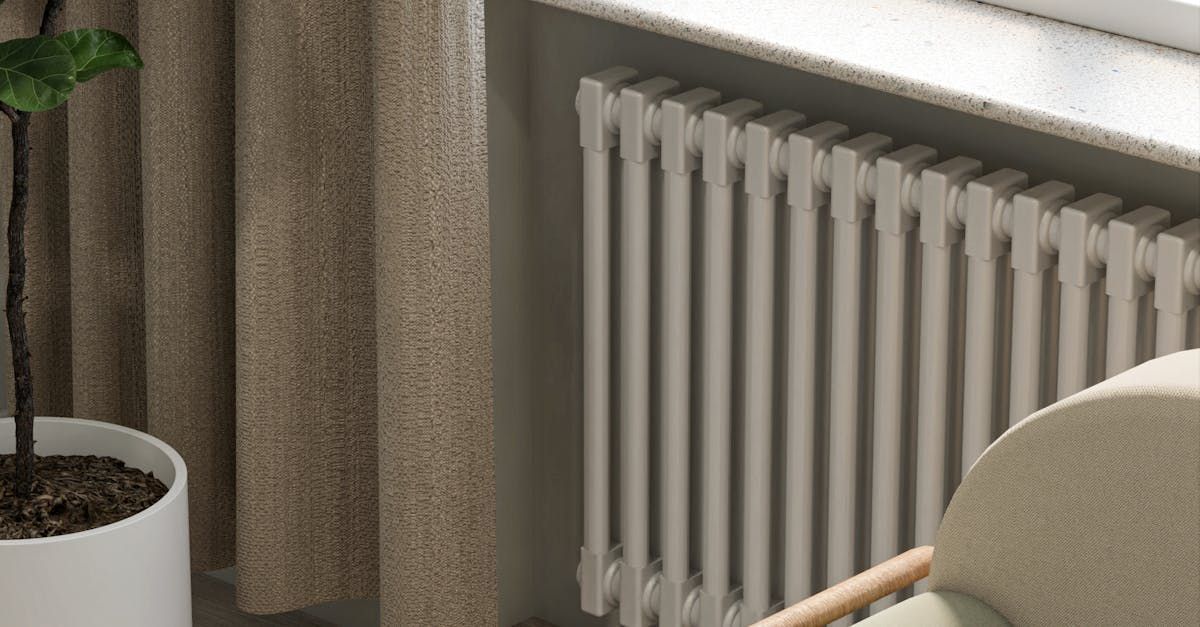What is the most expensive part of a bathroom renovation?
If you’re planning a bathroom make over, it’s natural to wonder where most of your budget will go. Whether you’re giving a tired bathroom a fresh look or going for a full redesign, understanding and planning for the costs involved can help you amake the best choices. Of course We here at GW Plumbing will be here to help along the way too!
While every job is different, depending on the size of the room, the complexity of the work, and the quality of the materials chosen, there’s usually one part of the process that takes up the largest chunk of the budget: the labour!
Labour: The Hidden Heavyweight
Many assume the most expensive part of a bathroom renovation will be the bath, tiles, or high-end taps. But in most cases, it’s the labour that makes up the biggest portion of the overall cost – sometimes as much as 50% or more.
But thats for a very good reason, fitting a bathroom isn’t just a one-person job. It involves a range of skilled tradespeople: plumbers, electricians, tilers, plasterers, decorators, and some times a joiner too. Each has their own specialist role, and coordinating them takes time and planning. They are all very tricky jobs and to get the best bathroom you need the best people.
If you’re moving things around – like relocating the toilet or converting a standard bath to a walk-in shower – the costs add up. Moving pipework can be complex and time-consuming, particularly in older homes where existing plumbing may need upgrading to meet current standards.
Electrical work is another key factor. Bathrooms are considered ‘special locations’ under UK wiring regulations, meaning any electrical work needs to comply with Part P of the Building Regulations. Whether it’s installing an extractor fan, LED spotlights, underfloor heating or a new shaver socket, this work needs to be done safely and signed off properly.
Hiring an experienced bathroom fitting company such as GW Plumbing, you can make things more efficient due to the skills available in the team. The benefit, though, is peace of mind – knowing the work is done to a professional standard, complies with all regulations, and won’t cause problems later.
Tiling and Flooring: Time-Consuming and Labour-Intensive
The cost of tiles varies widely, with premium porcelain or natural stone options costing significantly more than ceramic, but the real cost often lies in the time it takes to install them properly and cutting corners here can result in a poorly finished bathroom.
Precision matters in tiling – especially around tricky areas like corners, niches, and pipework. The more intricate the layout, the more time it takes. Large-format tiles need careful handling and cutting, while smaller tiles or mosaics demand precision and patience.
Flooring, especially if you’re choosing underfloor heating or laying tiles on uneven surfaces, can add further labour and material costs. Proper subfloor preparation is essential to avoid future problems like cracked tiles or water ingress.
Your Suite: Quality Makes a Difference
While labour is usually the biggest single cost, the bathroom suite itself – your bath, shower, toilet, basin and fittings – can also take up a fair chunk of the budget, particularly if you’re drawn to luxury brands or bespoke designs. We can offer help and advice on high quality items at good value prices.
Freestanding baths, waterfall showers, sensor taps and wall-hung units all add style, but they also come with higher price tags. Not just in terms of the items themselves, but also the installation. Wall-hung toilets and basins, for example, need concealed cisterns and reinforced walls, which means more work behind the scenes.
That said, it’s often worth investing in better-quality fixtures. Cheaper fittings may save money upfront, but they’re less likely to stand the test of time, meaning you could end up paying more in repairs or replacements a few years down the line - or just not have as high quality bathroom!
Unexpected Extras
One area that can tip a bathroom install over budget is the unexpected. Once tiles are pulled off or floors are lifted, hidden issues like damp, rotten joists, or outdated wiring sometimes emerge – especially in older properties. That’s why it’s wise to keep a contingency fund of around 10–15% of your total budget. We can check for a lot of things but even best laid plans sometimes throw up unexpected issues.
There are also finishing touches that are easy to overlook in the initial planning stages but can add up fast. Things like towel warmers, mirrors with built-in lighting, storage units for example can be the finishing touches to make a room.
Utilise an experianced and reputable company such as GW Plumbing and Heating to ensure your new bathroom is the best bathroom!

